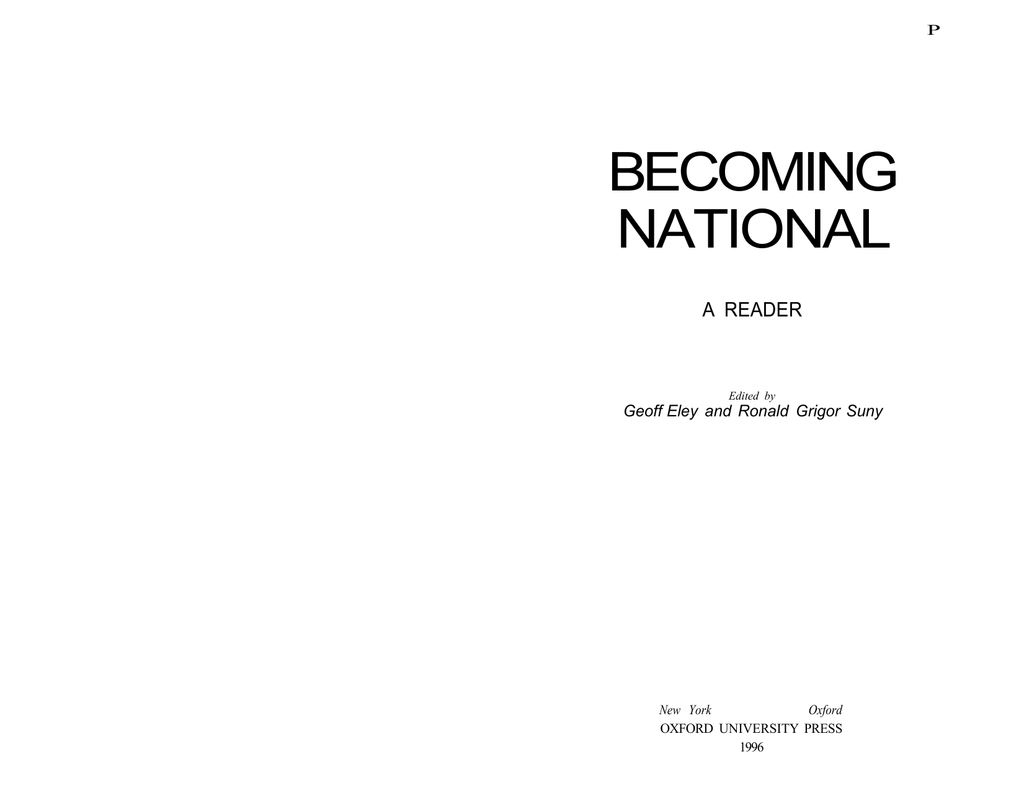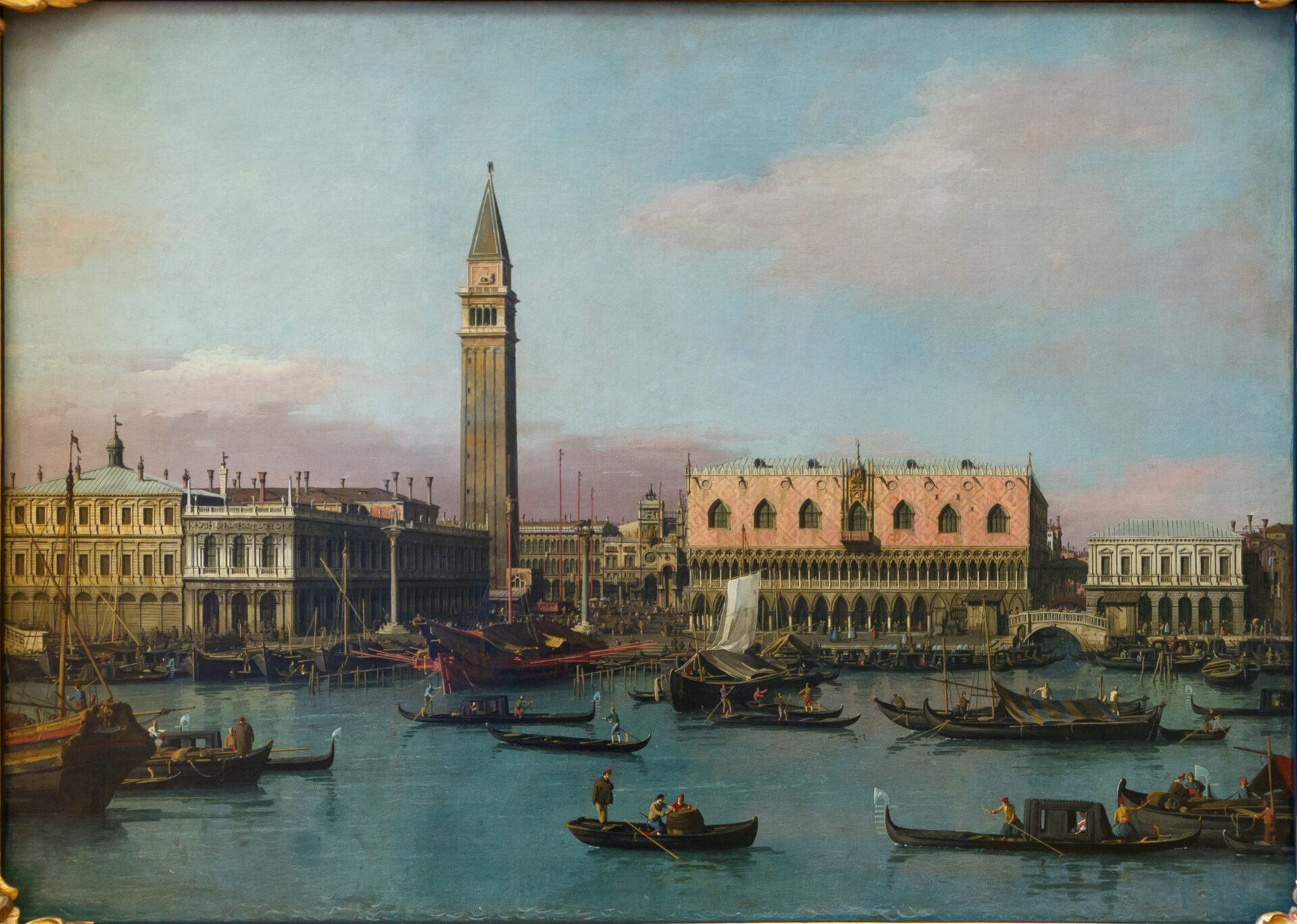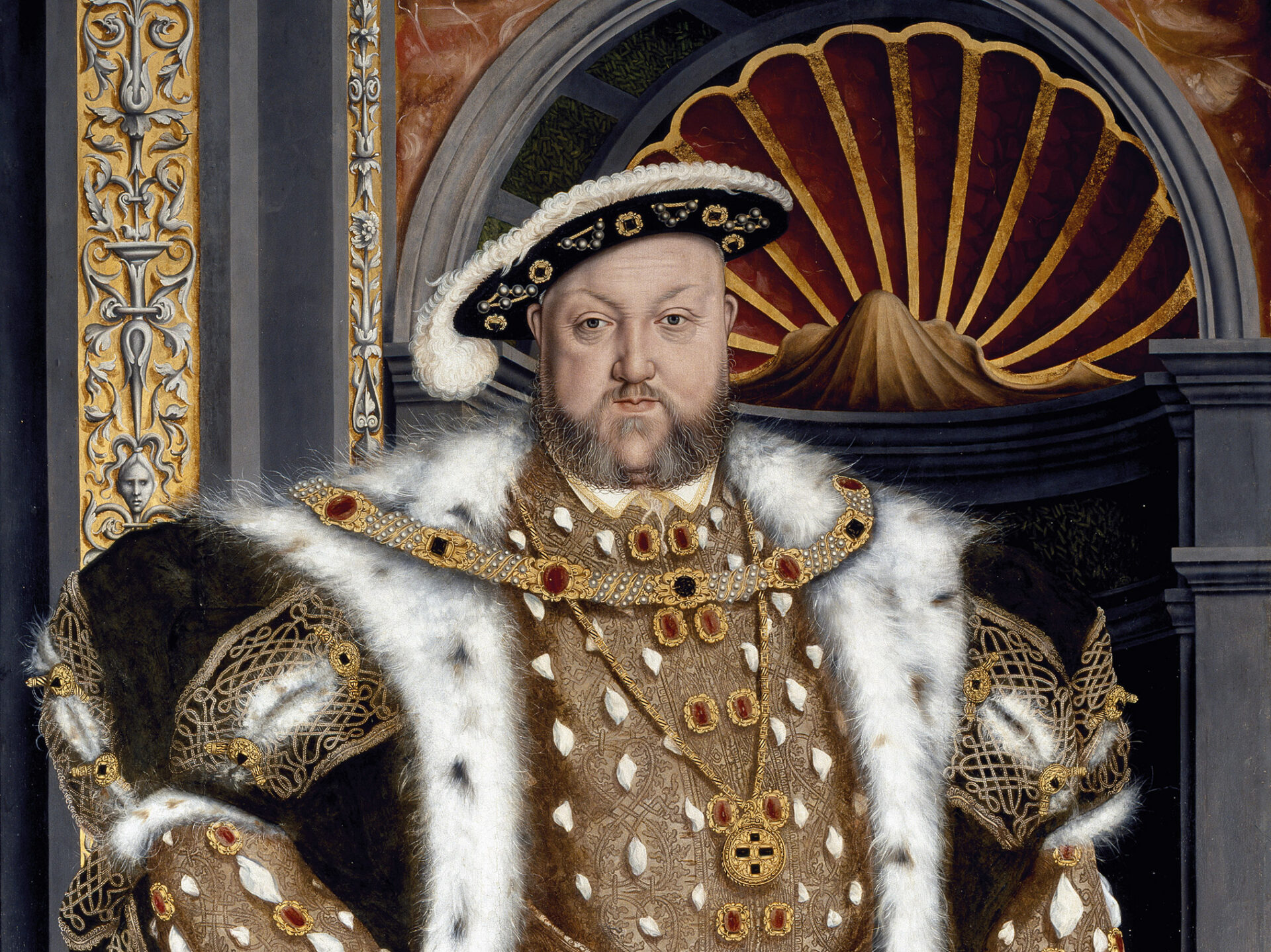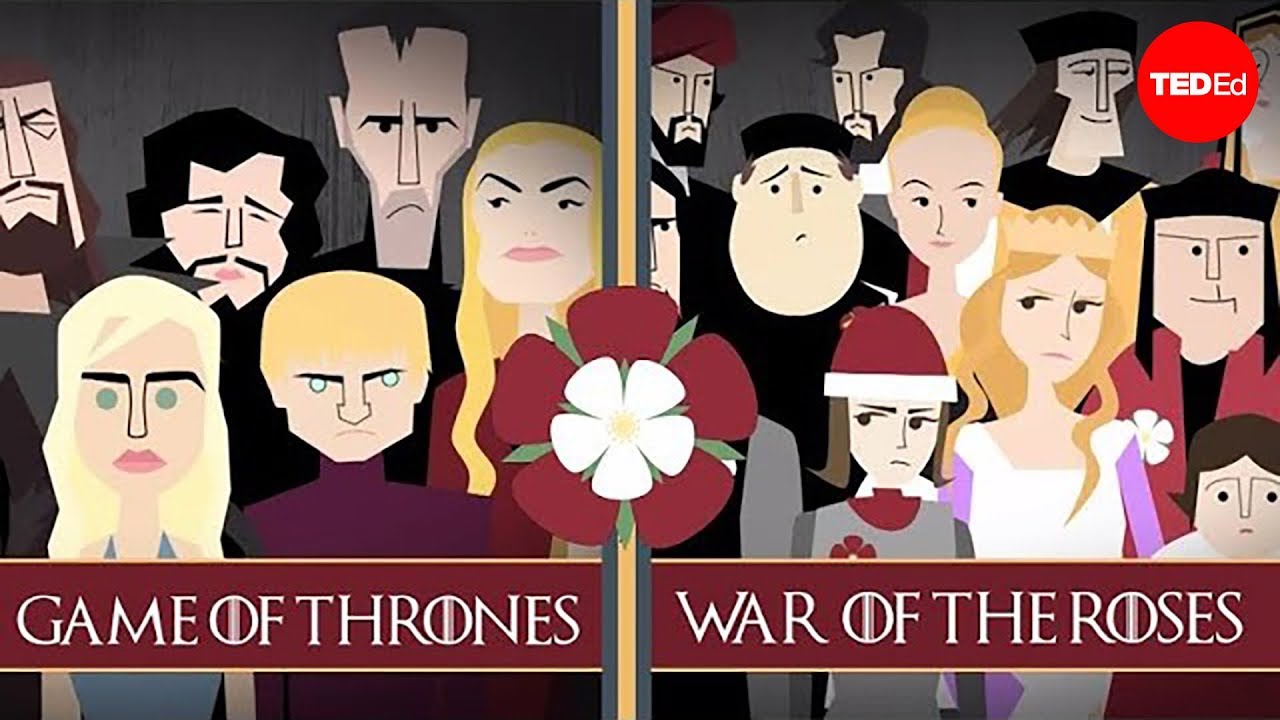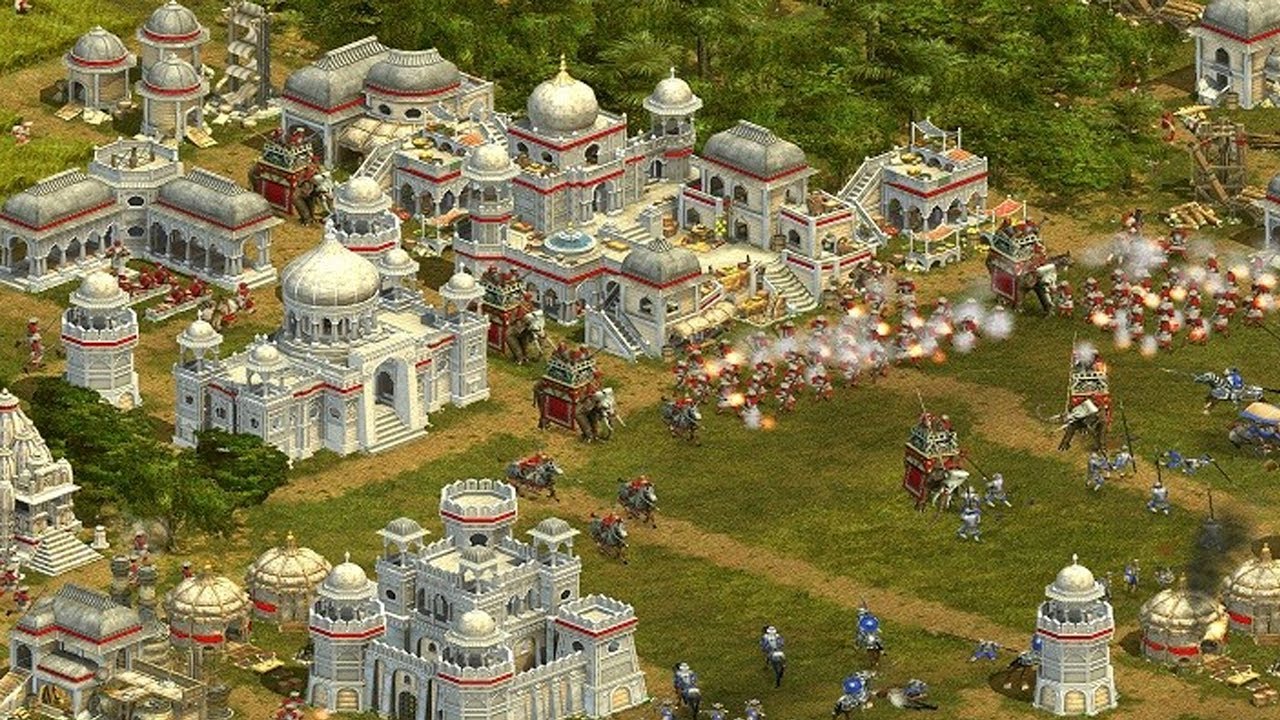Despots and Condottieri in Italy, 1268-1513
In Italy the medieval struggle between popes and emperors had promoted the growth of independent communes or city-states, particularly in northern Italy. In the twelfth and thirteenth centuries the communes were oligarchic republics. The ruling oligarchies, however, were torn by the strife between the pro-papal Guelfs and the pro- imperial Ghibellines. Meantime, something close to class warfare arose between the wealthy, on the one hand, and the small shopkeepers and wage earners, on the other. Dissension grew so bitter that arbitrary one-man government seemed the only remedy.

